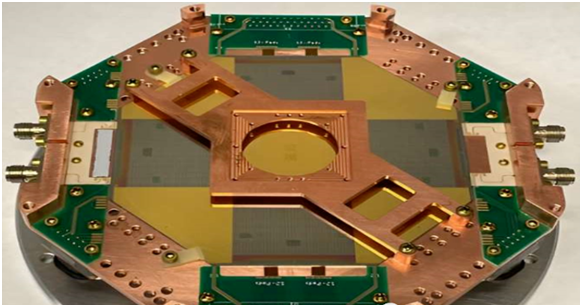
New X-ray detector - Invisible view of the universe
2023-11-28 10:00A class of X-ray spectrometers called microcalorimeters operate at extremely low temperatures - tens of millikelvins above absolute zero. For the past five years, GSFC's X-ray Microcalorimeter Group, MIT/LL's Advanced Imager Technology Group, and NIST's Quantum Sensor Group have been collaborating to develop a new X-ray camera with unprecedented imaging and spectroscopy capabilities.

The camera is based on a new type of X-ray microcalorimeter called a magnetic microcalorimeter. This work greatly expands the capabilities of the technology. The ESA flagship mission, currently in development, will have a microcalorimeter array of about two thousand pixels.

The energy resolution of these pixels is two orders of magnitude higher than that of X-ray CCD cameras. This high-energy resolution is essential for measuring the abundance, temperature, density, and velocity of astrophysical plasmas.
In addition to single-pixel sensors, position-sensitive magnetic microcalorimeters can also be designed, with sensors connected to multiple X-ray absorbers with different thermal conductivity strengths. The unique time response of different pixels to X-ray events can distinguish the location of pixel events.

The key to this detector's suitability for future astrophysics missions is the multiplex readout required for such a large pixel array. With funding from NASA, NIST is developing a microwave multiplexing superconducting quantum interference device readout with a form factor suitable for direct integration with the detector.
